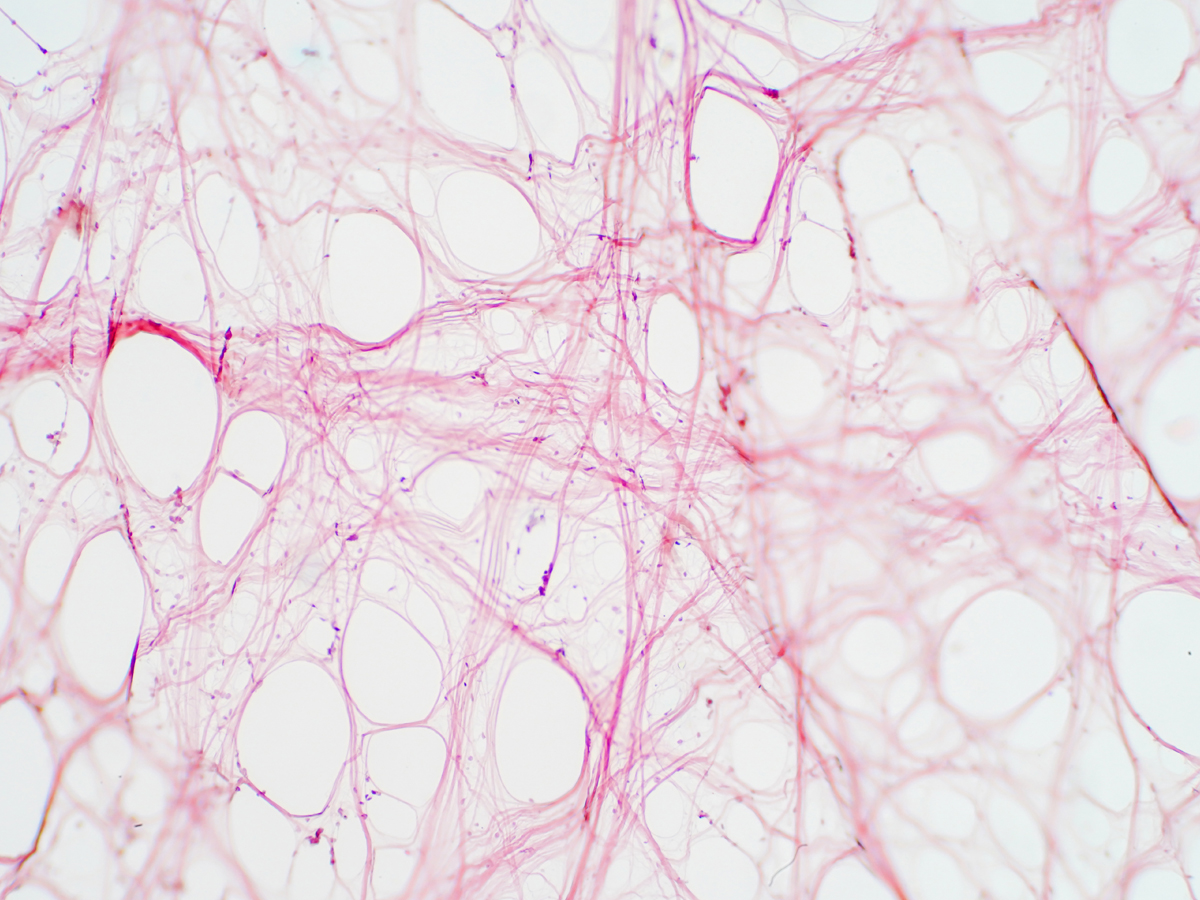Ryerson and St. Michael’s team up to establish a unique institute

After only one year, the Institute for Biomedical Engineering, Science and Technology (iBEST) has leveraged its model of “bench to bedside” applied research to help researchers at Ryerson and St. Michael’s Hospital innovate medical solutions for the 21st century. iBEST marked its one-year anniversary in January, 2017.
The institute features biomedical research brought to life through collaboration between Ryerson faculty and St. Michael’s clinicians and researchers.
Within St. Michael’s Keenan Research Centre, scientists from both institutions have developed labs where they can collaborate freely. The institute brings together the strength of Ryerson’s science and engineering programs and St. Michael’s biomedical and clinical expertise to pioneer new technologies and apply these medical advances to patients quickly.
One example of how the partnership is thriving can be seen in a collaboration between Ryerson’s Scott Tsai and St. Michael’s Dr. Andras Kapus.
The pair are co-supervising Ryerson biomedical engineering PhD student Huma Inayat in a project that involves printing miniature “landscapes” to study how cells covering the surface of organs respond to stresses depending on their location within a population of cells. One such stress is transforming growth factor (TGF) beta, a chemical that can induce serious organ scarring. On the Ryerson side, Tsai carries out the actual printing of these landscape labs.
“What we are doing is patterning the cells and creating gaps between the cells that will mimic wounds,” said Tsai, professor of mechanical and industrial engineering. “We can change the size of the wound and see cell transformation.”
Dr. Kapus, a researcher with St. Michael’s Keenan Research Centre for Biomedical Science, studies organ scarring that occurs in diseases such as diabetes. He’s studying the biology of the cells in Tsai’s labs and observing their growth.
“The magical thing is that cells located at the boundary of a cell layer (e.g., at the edge of a wound) react differently to the same challenge compared to cells surrounded by other cells on all sides, such as those in the middle of an organ. For example, TGF beta transforms 'edge cells' into scar-forming cells, whereas 'middle cells' do not change much,” said Dr. Kapus. “If we understand how to reprogram edge-like behavior to middle-type behavior, we could develop therapies to lessen organ scarring. This is important with regard to many diseases, including diabetes, hypertension, and kidney failure.”
Tsai says that working at iBEST not only gives him access to the expertise of fellow researchers, but also to equipment that he might not otherwise have. He says this combination allows the pair’s research to evolve from bench to bedside at an accelerated pace.